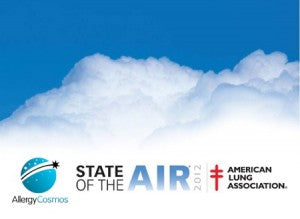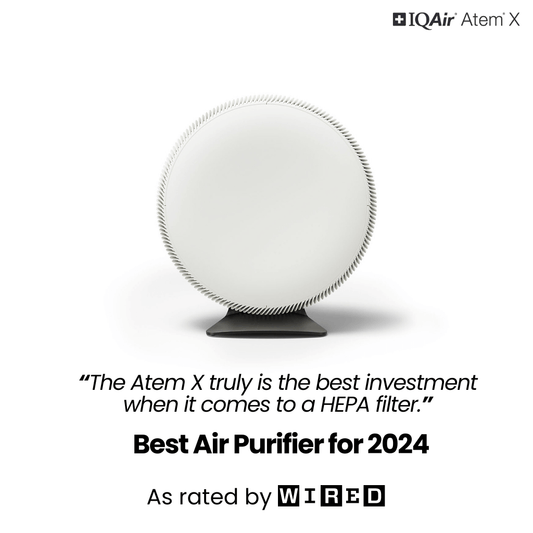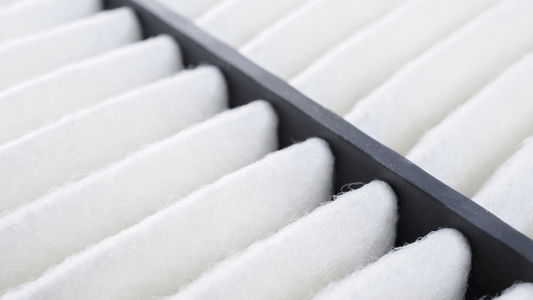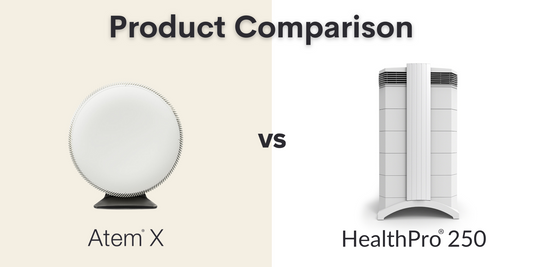The American Lung Association recently revealed its State of the Air report which gives citizens, including business travellers and relocators, the information they need to be aware of the impact of air pollution on health. The take-home message is, that despite advances in environmental legislation in the United States, nearly half the population is still exposed to potentially harmful levels of ozone and particulate matter (PM) pollution. And nearly four million people (that’s about 2% of the US population) are exposed to harmful levels of ozone and short-term and long-term PM pollution.
However, the State of the Air Report does contain some good news:
- More than half of cities affected by photochemical smog (vehicle exhausts + sunlight = ground level ozone) actually had their best year yet for this pollutant (that is, lowest levels since measurements began).
- All but two cities in the United States had improvements in their levels of year-round PM pollution. Seventeen cities reported lowest ever PM pollution.
- Focusing on those cities with the worst PM pollution previously – 13 had cleaned up, compared to last year, but 12 were worse with ‘spikes’ in pollution.
The American Lung Association warns that air quality still tends to be unhealthy in most major American cities, putting people’s lung health at risk. But it is good to note that 18 of the 25 cities most affected by ozone (including Los Angeles) did have their lowest ever smog levels since the first State of the Air report in 2000. Furthermore, 17 of the 25 cities with the worst PM levels saw their lowest ever levels. These cities include Los Angeles, Pittsburgh, and Cincinnati.
In the United States, over 127 million people live in a county that got an F for either ozone or particle pollution, according to the report. Nearly six million are in counties that have bad levels of both. And nearly 50 million live in counties that have dangerous ‘spikes’ in air pollution. The cleanest air, all round, was to be found in Santa Fe-Espanola, in New Mexico.
The American Lung Association reminds us that exposure to air pollution is a major public health problem, wherever it occurs. Breathing in PM pollution can increase the risk of early death, heart attack, stroke and emergency room visits for those who already suffer with asthma, heart disease, and diabetes. Ground level ozone from photochemical smog is very irritating to the lungs. Infants, older adults and people with asthma are particularly sensitive to the impact of air pollution on their health.
The Association has been fighting to strengthen the Clean Air Act since it was brought in in 1970. The biggest pollutants today are power plants, old diesel vehicles and ocean-going vessels. The steps citizens can take to reduce their air pollution are simple: drive less; do not burn wood or rubbish; demand clean public transport from your local authority and check local air pollution forecasts. Backing the Clean Air Act will prevent nearly a quarter of a million deaths from air pollution exposure by 2020.
Visit our shop today for the best Air Purifiers for City Pollution.




